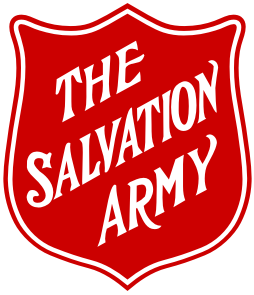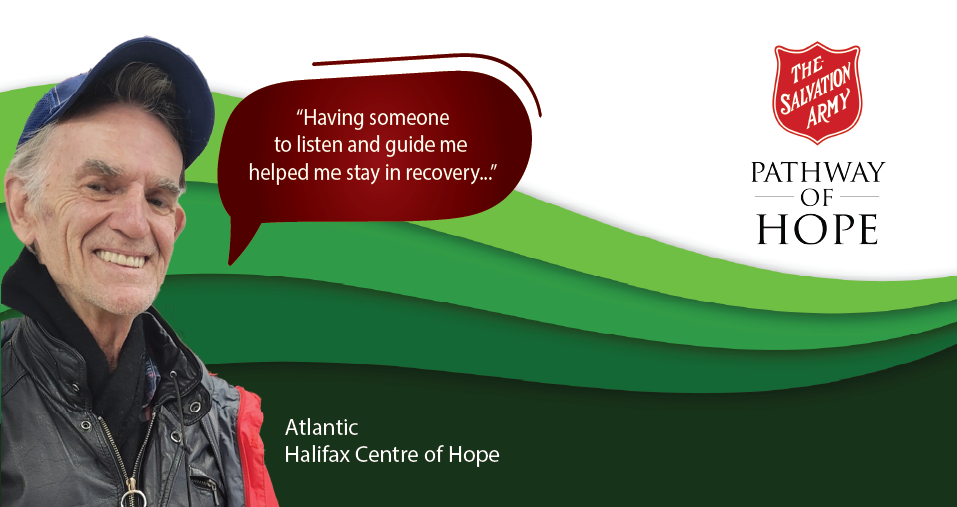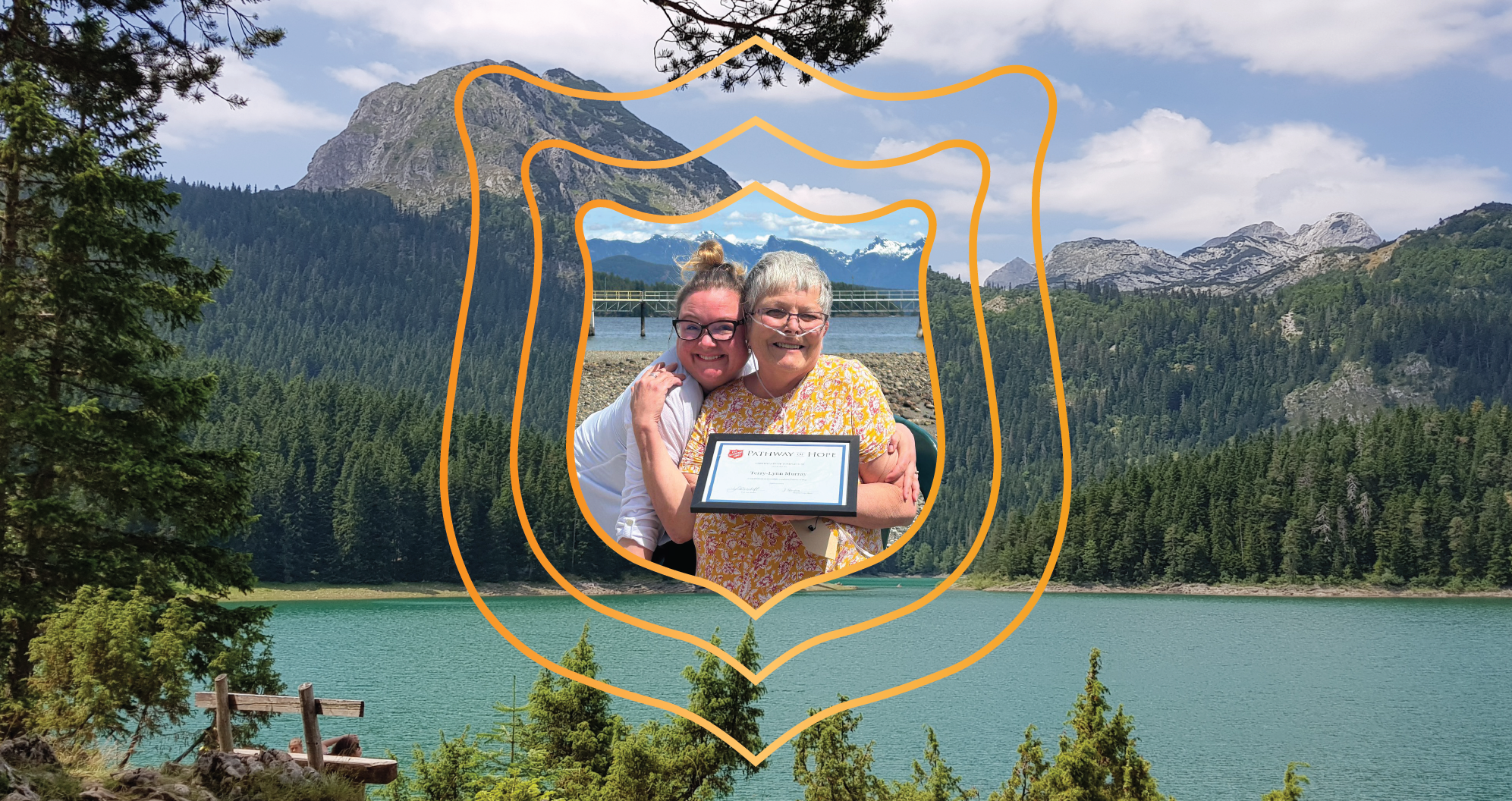Celebrating Courage on World Refugee Day
How The Salvation Army supports the determination and resilience of refugees through Pathway of Hope.
by Chris McGregor POH Success Story
For Mulky Liban, the journey to Canada was a chance for a new beginning. At six years old, her family fled war and conflict in Somalia, but even in South Africa, their security was still not guaranteed. “It was also not safe in South Africa,” she recalls. “When I was almost 18, I was left alone with no siblings, and I was seeking a place to
Read More



















